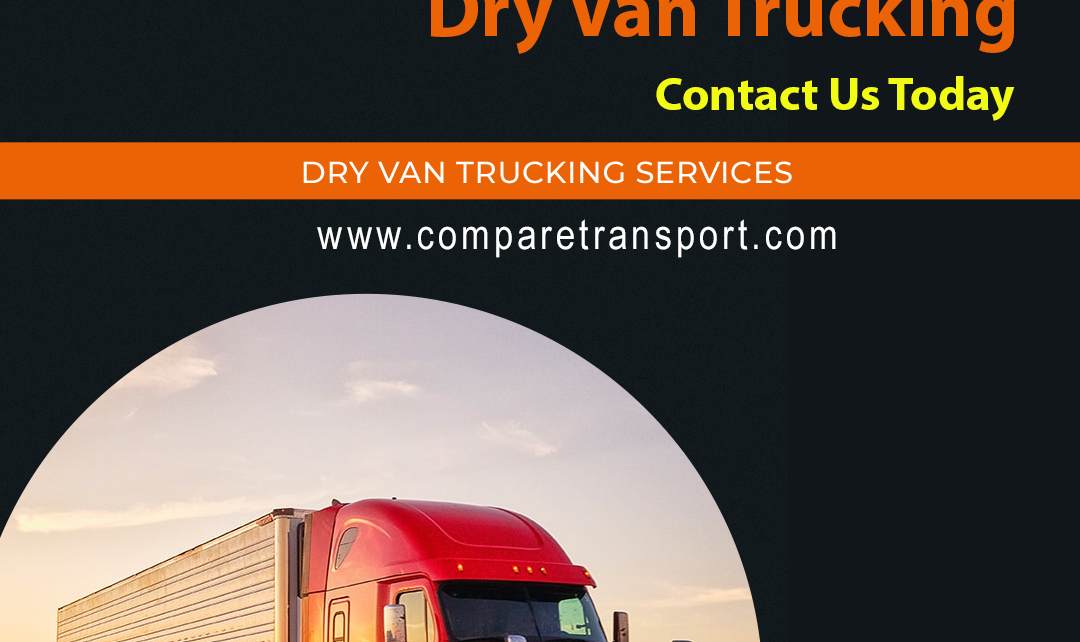The trucking industry serves as the economy’s lifeline, transporting goods and materials across vast distances. Within this industry, managing oversize and overweight loads requires careful attention and strategic planning. Efficiently handling such loads ensures compliance with regulations and maximizes operational productivity. In this blog post, we will delve into trucking, exploring the challenges and providing valuable insights on effectively managing oversize and overweight loads.
Understanding Oversize and Overweight Loads
Oversize and overweight loads refer to shipments that exceed the standard size or weight limits set by transportation authorities. These loads often include large equipment, machinery, prefabricated structures, or other bulky items. Transporting such loads requires specialized equipment, expertise, and careful coordination to ensure safe and efficient delivery.
Navigating Compliance and Permits
Compliance with regulations is of utmost importance when dealing with oversize and overweight loads. Transportation authorities have established guidelines and restrictions to safeguard public safety and preserve infrastructure integrity. It is crucial to thoroughly understand the applicable regulations and obtain the necessary permits before embarking on any transportation endeavor involving oversize or overweight loads. Adhering to these requirements avoids legal complications and penalties and enhances operational efficiency.
Strategic Route Planning
Efficient route planning is key to successfully managing oversize and overweight loads. Selecting suitable routes involves considering factors such as weight restrictions, road conditions, clearance heights, and any obstacles. Advanced mapping software and route optimization tools can help identify the most optimal and compliant paths. By strategically planning routes, trucking companies can minimize delays, avoid bottlenecks, and ensure the smooth and safe transportation of oversized and overweight loads.
Specialized Equipment and Resources
Transporting oversize and overweight loads necessitates the use of specialized equipment and resources. Investing in appropriate equipment such as a low bed or flatbed trailers, extendable trailers, or cranes enhances efficiency and safety during loading, transportation, and unloading. Additionally, having trained personnel who possess expertise in handling oversized loads and are knowledgeable about load securement techniques ensures the integrity and stability of the cargo throughout the journey.
Safety Precautions and Risk Mitigation
Safety is paramount when managing oversize and overweight loads. Implementing comprehensive safety precautions minimizes the risk of accidents, protects the cargo, and safeguards the well-being of everyone involved. This includes adhering to load securement regulations, conducting regular inspections of equipment and cargo, and employing proper signage and lighting. Additionally, fostering a safety culture within the organization by providing ongoing training and maintaining open lines of communication contributes to the overall risk mitigation strategy.
Effective Communication and Collaboration
Managing oversize and overweight loads requires effective communication and collaboration among all stakeholders. This includes maintaining clear and open lines of communication between trucking companies, drivers, shippers, and regulatory authorities. Promptly sharing information about load status, route changes, or potential issues ensures smooth coordination and minimizes disruptions. Collaborating with partners and utilizing technology-driven solutions also facilitates real-time tracking, enabling all parties to make informed decisions and ensure timely delivery.
By effectively managing oversize and overweight loads, trucking companies can unlock efficiency, compliance, and safety. Embracing strategic route planning, investing in specialized equipment, prioritizing safety measures, and fostering collaboration contribute to a seamless and successful transportation process. As the backbone of the economy, the trucking industry plays a crucial role in delivering oversized and overweight loads, enabling the growth and development of businesses across various sectors.
Remember, by continuously evaluating and improving your processes, leveraging technological advancements, and staying updated on regulations, you can navigate the complexities of managing oversize and overweight loads, leading your trucking business toward enhanced efficiency, profitability, and customer satisfaction.




